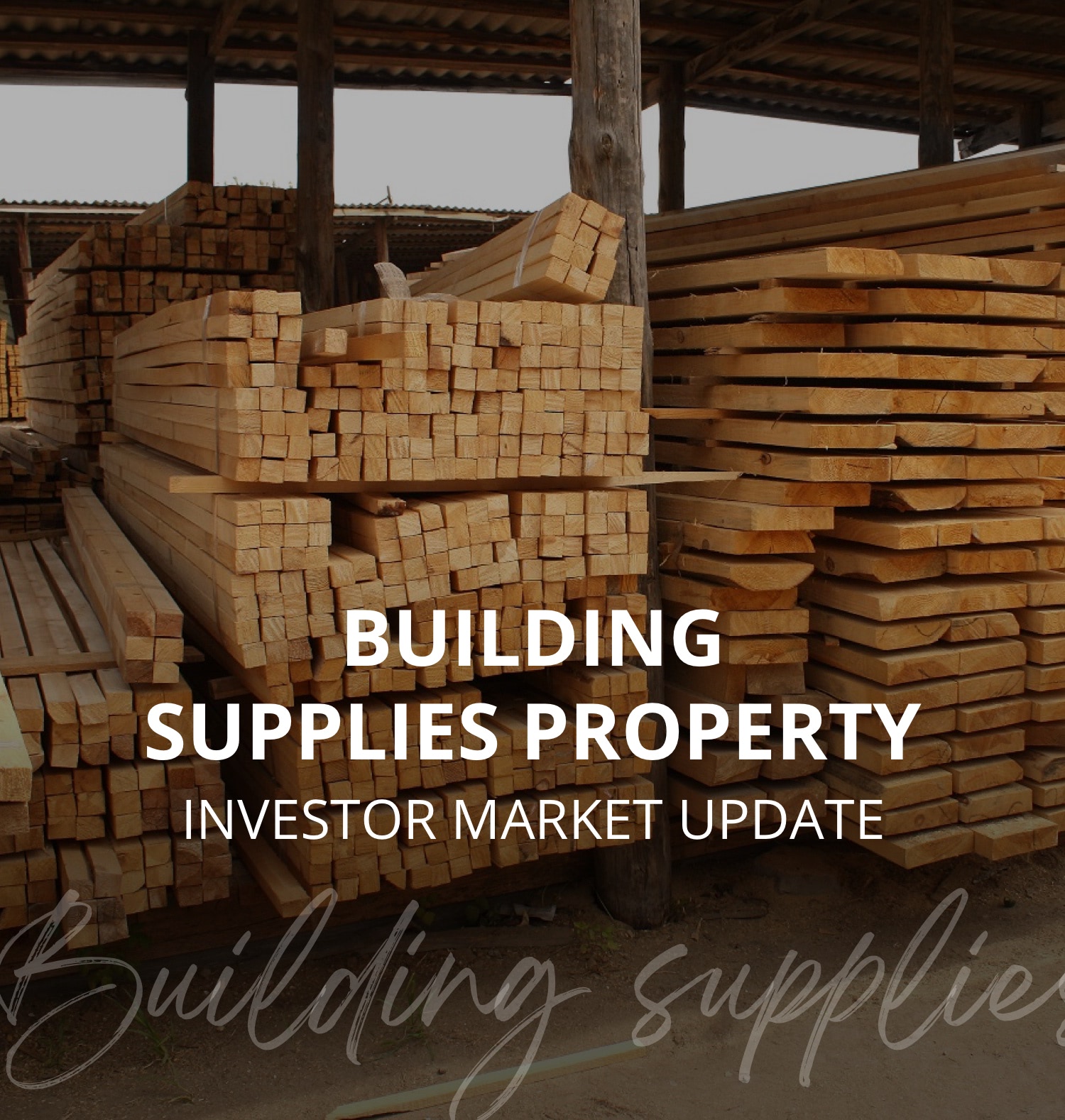Have you heard that building costs are on the rise? And we’re not talking the usual inflation here, costs have significantly increased since this time last year.
You may be wondering why? And if you’re an investor, you’re probably also considering what impact it’ll have on the property market. You certainly won’t be the only one asking. At Capital Properties we’ve been keeping a close eye on the building supplies market so that we can keep you up-to-speed.
On the go? Here’s 30 seconds of take outs:
- Building costs have significantly increased since last year.
- Bushfires, COVID-19 and government grants have all played a role in material shortages and that’s driven costs up.
- The cost of building materials and in particular, timber, are predicted to continue to escalate.
- The temporary closure of 2 timber mills in South Australia may have detrimental knock-on effects.
- Capital Properties can help you navigate these tricky times with up-to-the-minute market updates.
Keep reading >>
So, what’s going on? Well, there are multiple factors at play. The unfortunate destruction of plantation timber due to the bushfires of 2019/2020 meant a significant reduction in hardwood logging, leaving us chronically short of timber supplies.
Then along comes a global pandemic and the logistical delays caused by COVID-19 have compounded these material shortages. But by far, the main reason building costs are increasing is the high volume of construction stimulated by the government grants introduced in 2020.
Government grants = building boom
One grant in particular, the HomeBuilder grant, promised Aussies up to $25,000 for any new builds and substantial renovations signed between 1 January 2021 and 31 March 2021. We’ve written about these grants in The Great Government Grant Grab. The plan was to create confidence in the market and ensure construction jobs. In fact, they predicted a building boom. And that’s exactly what they got.
The knock-on effect is that trades are in high demand which has put a huge amount of pressure on the construction industry nationally. And there’s a resulting nationwide shortage of building materials which in turn, is pushing trade and material costs upward. CoreLogic’s national Cordell Housing Index Price (CHIP) which measures the rate of change of construction costs within the residential market have confirmed that national residential construction costs rose by a whopping 3.3% annually in the first index for 2021.
What’s next for the construction industry?
Keeping in tune with what’s coming next is vital. The current market is very dynamic and staying abreast of these changes is key to investors being able to make any necessary adjustments and staying in front of the market.
More price increases
We know we’re not going to be popular saying this, but we predict further price increases in September and October 2021. This is a breakdown of what to expect:
- A possible increase of 30%+ in the cost of any structural pine invoiced after 1/9/2021.
- 25% increase in costs for some floor systems/components invoiced after 1/9/2021 then a further increase on itemised items for material invoiced after 1/10/2021.
- Hume Doors & Timber are looking at an additional 6% on all items invoiced after 1/10/2021.
- An increase of 5% on all mouldings.
Where are these price increases coming from?
OK, we’re not fortune tellers. But as we said, we’re keeping an eye on what’s happening in the industry. And recently we became aware that the South Australian Government were forced to close two timber mills for 1 week due to a COVID-19 outbreak.
The ‘OneFortyOne’ Mill in Mt Gambier and the ‘Timberlink’ Mill in Tarpeena were both closed for 7 days.
The South Australian Government is the only Government in Australia to date that’s closed down an essential industry like sawmilling. The decision to shut down the mills might have been the right one for the bigger picture and we’re sure it might not have seemed like there was an alternative, but it really won’t help the current building situation. In fact, it’s possible that it might have detrimental effects.
And we’re not being overly dramatic here, here’s the enormity of the situation – these mills provide over 50% of Victoria’s timber supply and approximately 30% of Australia’s total timber supply! Stopping milling for a week in a market that’s already desperate is going to cause a huge amount of pressure.
Only time will tell how long it’ll take for the industry to balance out. As always, we’ll do our best to keep you updated and help you navigate these changes in the property market. Our Pinnacle Support Program will support you all the way through your investment journey.
If you’re just getting started, a free Capital Properties discovery session will empower you make the best investment decisions.
While you’re here, feel free to check out our free investor tools: Online property investment toolkit | Book Your Pinnacle Program Review | Property Investor – Self Evaluation






